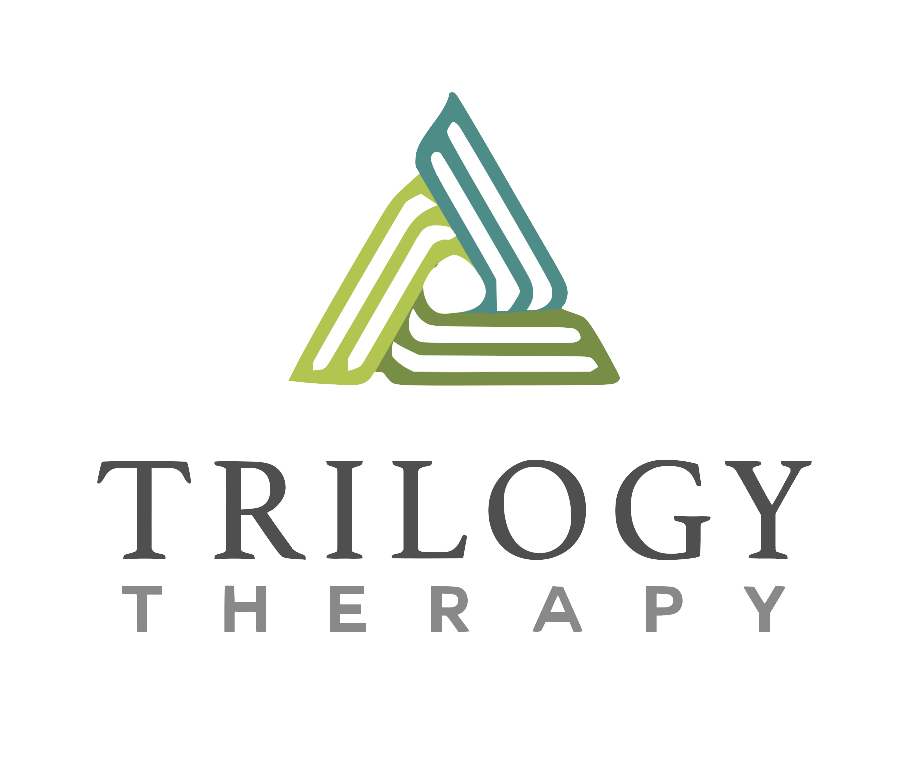More... Animated shorts we love!
/A little over a year ago we did a blog about animated shorts and how to use them during therapy. We still love them and use them and wanted to share with you some of our new favorites!
It’s like a driver’s test for an extraterrestrial! This fun animated short is about one of our “out of this world” friends learning how to navigate a spacecraft. It’s super cute and there are loads of opportunity to incorporate speech and language into this one including: Articulation, Verbs, Grammar, Inferencing, Pragmatics: Feelings Problem solving, Story Grammar and retell
Mike is pretty excited about his new car. Do you think Sully will like it? Share this animated short with your students to find out. There’s an abundance of targets in this one, but here are some recommendations: Articulation/Phonology: fronting, Vocabulary: Antonyms, Synonyms, Verbs, Pragmatics, Problem Solving, Feelings, Prepositions, Inferencing, Story Grammar and Retell
This is a short, animated short and can be used when you only have a few minutes to spare. Gordon is busy at work when he realizes what a beautiful day it is. What does he decide to do… work or play? Your students will get a kick out of this one and learn a lot too! Here are some targets: Vocabulary: Synonyms, Antonyms, Verbs, Prepositions, Grammar, Inferencing, Wh- Questions, Pragmatics, Problem Solving, Feelings, Story Grammar and Retell
*If you like this one, check out the Holiday edition Gordon Goose: Christmas Tree.
The island life! Will this crab figure out what is going on when a new visitor arrives to his own little island?! This is a great short to work on: Articulation/phonology: especially /r/ blends, fronting, Vocabulary, Wh- questions, Prediction, Increased sentence length, Grammar
This is a creative animated short that is great for helping all to see the bright side in everything and reminding all of us to have a little fun! This animation is great for many speech and language targets including: Opposites, Pragmatics, Problem Solving, Feelings, Vocabulary, Adjectives, Verbs
Animated shorts are great to add to your therapy activities whether you are in person or on-line. Want to see how Trilogy Therapy uses them in action? Click our demo page and we’ll show you how we use animated shorts while providing therapy to anyone, anywhere!
















